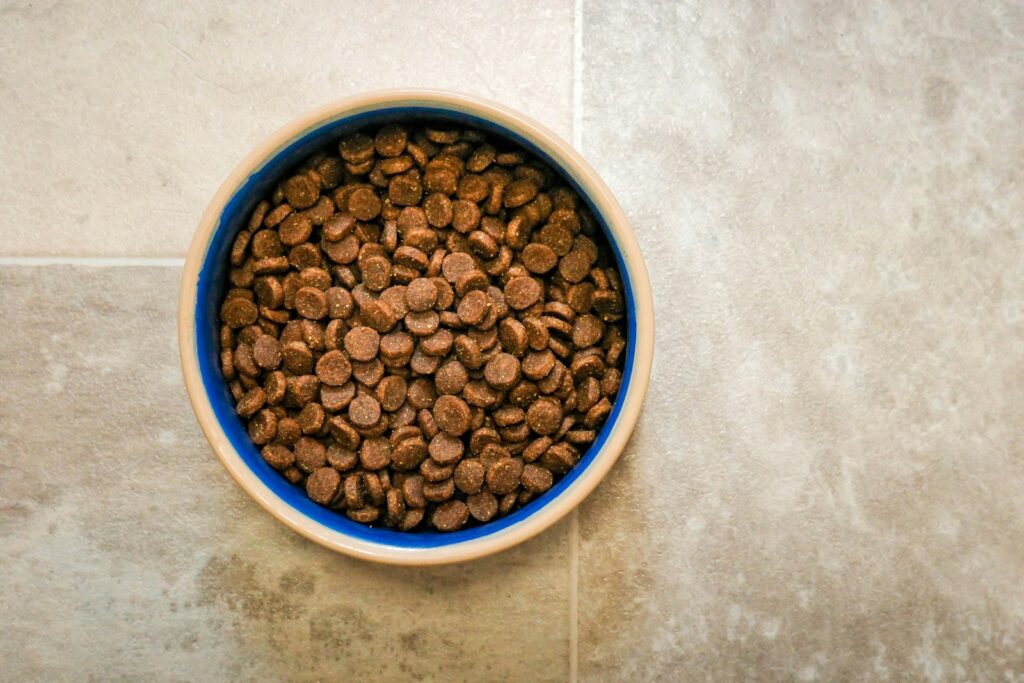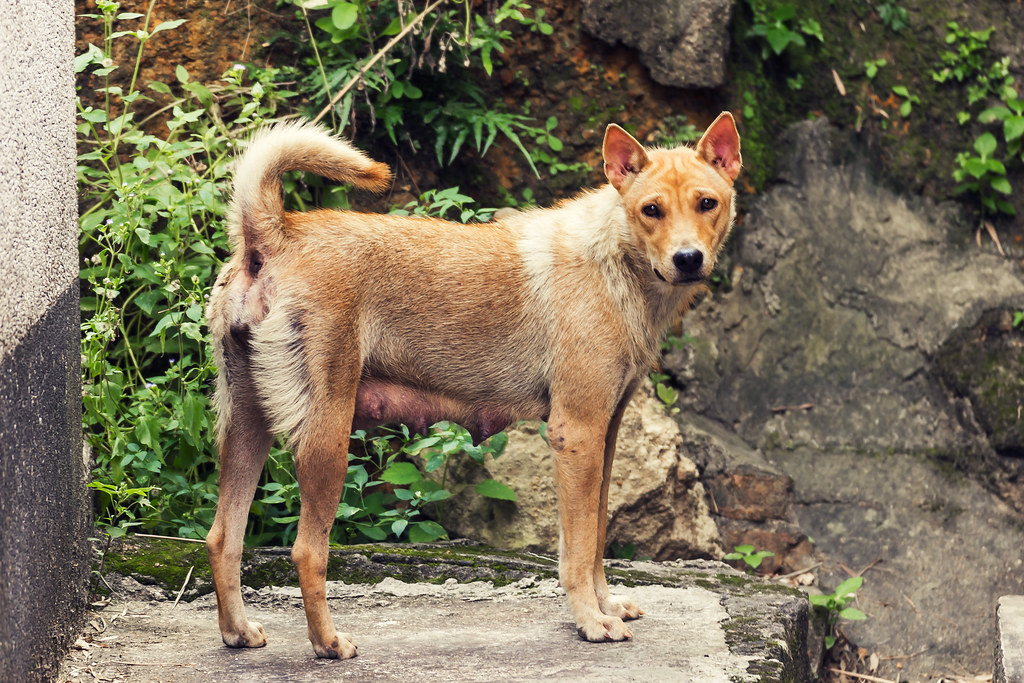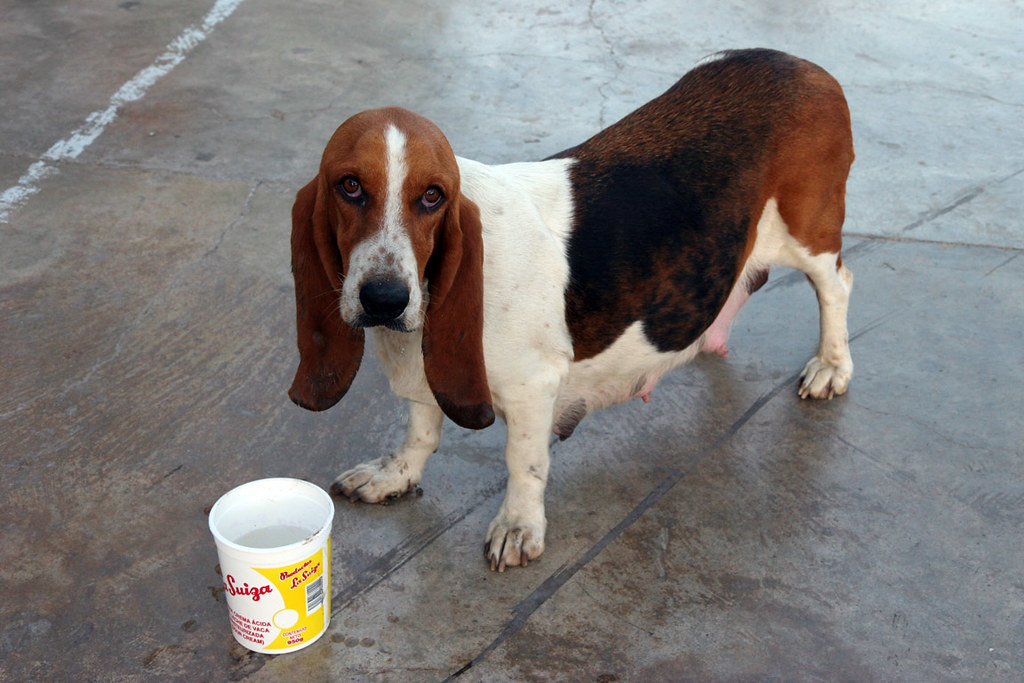15 Signs Your Dog Might Be Pregnant

If your dog recently had contact with an unneutered male and you suspect she might be pregnant, it’s essential to be aware of the subtle signs. Early pregnancy symptoms can be difficult to spot, but recognizing them can help you prepare for your dog’s changing needs. Here are 15 signs that may indicate your dog is pregnant.
Decreased Activity

Pregnancy can cause fatigue in dogs, especially in the early stages, as their bodies adjust to hormonal changes. A normallyplayful dog might prefer to rest more, showing less interest in activities she usually enjoys. This decreased energy level is her body’s way of conserving energy for the puppies. However, keep in mind that other health issues can also cause fatigue, so observe other signs before assuming pregnancy.
Changes in Appetite

A pregnant dog may experience shifts in appetite during various stages of pregnancy. In the early stages, her appetite may decrease due to hormonal changes and mild nausea, making her less interested in food. Later, as her body adapts and the puppies grow, her appetite might increase significantly to support their development. Watch for fluctuations, but note that some dogs continue eating normally, so appetite changes should be considered alongside other signs.
Nipple Enlargement and Color Change

Around two to three weeks into pregnancy, hormonal changes cause a dog’s nipples to swell and become more visible. They may also darken in color, transitioning from a light pink to a more pronounced shade. It’s especially visible in dogs who haven’t previously given birth, as their nipples are normally smaller and less pigmented.
Behavioral Changes

Many pregnant dogs experience shifts in behavior. Some become more affectionate and seek extra attention, while others might grow more reserved or protective. If your dog suddenly becomes clingy, needing to be near you constantly, or alternatively, if she starts avoiding social interactions, it could indicate her pregnancy. Remember that stress and health issues can also affect behavior, so look for additional signs of pregnancy to confirm.
Nesting Behavior

As her due date approaches, a pregnant dog may start creating a comfortable space for herself and her puppies. This nesting behavior often involves digging at bedding, arranging blankets, or isolating herself in quiet areas. Even if she has never shown these tendencies before, a pregnant dog may instinctively prepare a safe environment for her puppies’ arrival.
Morning Sickness

Just like in humans, some dogs experience nausea or morning sickness early in pregnancy due to hormonal shifts. While it’s less common, it does happen and can last for a few days or even a week. If your dog seems queasy, loses interest in food briefly, or vomits occasionally without any other signs of illness, it could be due to pregnancy. Keep her hydrated and monitor her for additional symptoms to ensure she’s not experiencing another health issue.
Weight Gain and Abdominal Growth

Weight gain is one of the more noticeable signs of pregnancy, but it typically doesn’t appear until the later stages. Around the fourth or fifth week, you may start to see a slight bulge in her abdomen, which will grow as the puppies develop. If you notice her gaining weight or a subtle swelling in her belly, it’s a good sign she may be expecting. However, gradual weight gain can also result from other factors, so pairing this sign with others, like nipple changes or nesting, is helpful.
Changes in Coat and Skin

Hormonal fluctuations during pregnancy can impact a dog’s coat and skin, sometimes resulting in a shinier, softer appearance. Some dogs may also experience slight shedding or a dulling of their coat, depending on how their body responds. These changes are usually subtle, but if her coat looks noticeably different, it might be due to pregnancy. Keep grooming her as usual, but be mindful of any discomfort she may feel as her body changes.
Visible Movement in Abdomen

By the last few weeks of pregnancy, it’s sometimes possible to see or feel the puppies moving in your dog’s abdomen, especially when she’s relaxed and lying on her side. This movement is usually subtle but becomes more noticeable as the puppies grow and become more active. Gently place your hand on her belly if she allows it, and you may feel tiny movements. This sign is a strong confirmation of pregnancy, but be careful not to press too hard, as it can cause discomfort.
Mammary Gland Development

Toward the end of pregnancy, your dog’s mammary glands will become more prominent as her body prepares to produce milk. Her mammary glands may start to swell, and you might even notice a slight milk secretion in the final days before birth. This change usually occurs in the last two weeks and is especially noticeable in dogs who haven’t previously nursed. Swollen mammary glands are one of the clearer indicators that she is nearing the end of her pregnancy.
Mild Discharge

A slight, usually clear or milky discharge can be normal during pregnancy, especially in the later stages. This discharge helps keep the birth canal clean as her body prepares for delivery. However, if the discharge is heavy, colored, or has a strong odor, it may indicate infection, so consult your vet if you’re unsure. Regularly checking her for unusual discharge can help catch any potential complications early.
Increased Need for Comfort

Many pregnant dogs seek reassurance and comfort from their owners, especially as they near the end of pregnancy. If your dog is normally independent but suddenly insists on being close to you or wants more frequent cuddles, she may be responding to instincts that urge her to feel safe and protected. Offering her extra attention, gentle petting, and comforting words can help ease any anxiety she may feel as her body changes.
Sensitivity in the Belly Area

As her belly expands, your dog may become more protective of her abdomen and sensitive to touch, especially if it feels uncomfortable. She might flinch, pull away, or seem restless if you try to pet her belly. Respect her boundaries and avoid putting pressure on her abdomen. Providing her with a quiet, comfortable place to rest will help her feel more secure and allow her to adjust as her body prepares for birth.





